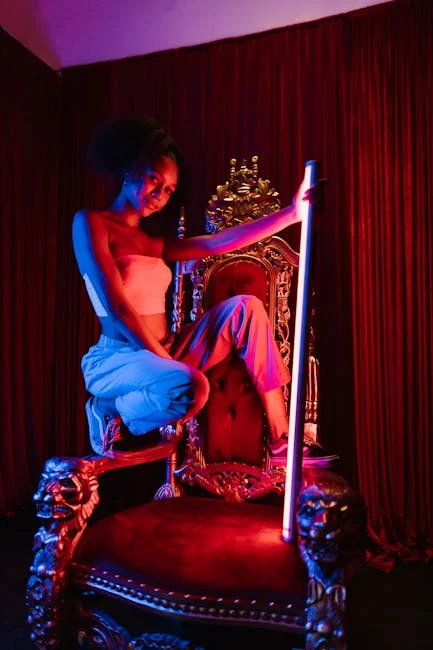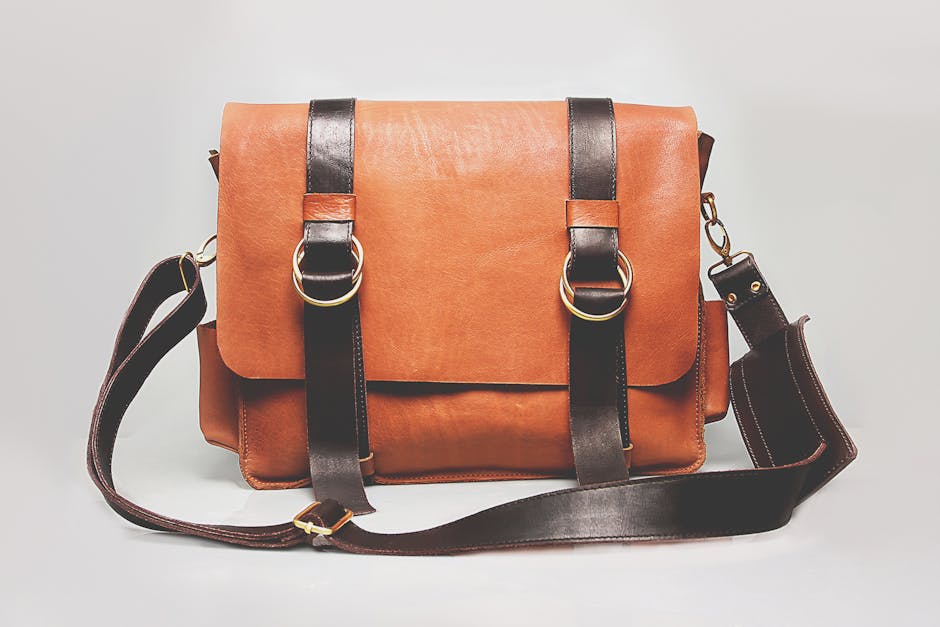and Lighting to Elevate Your Indoor Vibe
Introduction
Your home should be a sanctuary, a place that reflects your personality and nurtures your well-being. While furniture and décor play a significant role, the often-overlooked power of art and strategic lighting can truly transform your indoor environment. This article explores how incorporating thoughtful art choices and expertly placed lighting can elevate your home’s vibe from bland to breathtaking.
Art as a Mood Enhancer
Selecting Art That Speaks to You
Art is more than just decoration; it’s an expression of your individual style and a powerful tool for shaping the atmosphere of a room. Consider these factors when choosing art:
- Color Palette: Opt for colors that complement your existing décor or introduce a pop of vibrancy.
- Subject Matter: Choose art that resonates with you emotionally, whether it’s landscapes, portraits, abstract pieces, or something entirely unique.
- Size and Scale: Ensure the artwork is appropriately sized for the wall it will adorn. A too-small piece can get lost, while an oversized one can overwhelm the space.
- Personal Connection: Ultimately, choose art that you love and that brings you joy.
Creating Focal Points with Art
Strategically placed artwork can draw the eye and create visual interest. Consider these placement tips:
- Above Furniture: Hang art above sofas, beds, or fireplaces to anchor the space.
- Gallery Walls: Curate a collection of smaller pieces to create a visually dynamic and personalized gallery wall.
- Statement Pieces: Use a large, impactful piece of art as a focal point in a room.
- Consider the Height: Aim for the center of the artwork to be at eye level.
Lighting for Ambiance and Functionality
Understanding the Different Types of Lighting
Effective lighting is crucial for creating the desired mood and enhancing the functionality of a space. Familiarize yourself with these three main types of lighting:
- Ambient Lighting: Provides overall illumination and sets the general mood. Examples include chandeliers, recessed lighting, and floor lamps.
- Task Lighting: Focuses light on specific areas for tasks like reading, cooking, or working. Examples include desk lamps, under-cabinet lighting, and adjustable floor lamps.
- Accent Lighting: Highlights specific objects or architectural features. Examples include track lighting, spotlights, and picture lights.
Layering Your Lighting
Combining different types of lighting creates a well-balanced and visually appealing space. Consider these layering techniques:
- Start with Ambient Lighting: Establish a base level of illumination.
- Add Task Lighting: Provide focused light for specific activities.
- Incorporate Accent Lighting: Highlight artwork, architectural details, or decorative objects.
- Use Dimmers: Dimmers allow you to adjust the intensity of light and create different moods.
Choosing the Right Light Bulbs
The type of light bulb you use significantly impacts the color and quality of light. Consider these options:
- LED Bulbs: Energy-efficient, long-lasting, and available in a variety of color temperatures.
- Incandescent Bulbs: Provide a warm, inviting light but are less energy-efficient.
- Halogen Bulbs: Brighter than incandescent bulbs but also less energy-efficient.
- Color Temperature: Choose warmer color temperatures (2700K-3000K) for living rooms and bedrooms, and cooler temperatures (3500K-4000K) for kitchens and bathrooms.
Conclusion
By thoughtfully integrating art and strategic lighting, you can transform your indoor environment into a space that is both beautiful and functional. Experiment with different styles, techniques, and lighting options to discover what works best for your personal taste and create a home that truly reflects your unique personality. Don’t be afraid to try new things and have fun with the process! Remember to consider SEO keywords like “home lighting ideas”, “art for home decor”, “interior design tips”, and “elevate your indoor vibe” when sharing your revamped space online.














Post Comment